Introduction to Computation and Programming Using Python 3rd Edition by John V. Guttag, ISBN-13: 978-0262542364
[PDF eBook eTextbook]
- Publisher: The MIT Press; 3rd edition (January 5, 2021)
- Language: English
- 496 pages
- ISBN-10: 0262542366
- ISBN-13: 978-0262542364
It is true books about coding are rarely easy going. However there are some that, through the clarity of thought and precision of expression, are satisfying to struggle with. “The C Programming Language (2nd Edition)” by Kernighan and Ritchie from 1988 springs to mind, the book that brought us “Hello, World!”.
For that most accessible of computer languages, Python, there is a wealth of excellent books published to introduce the language. However in its 3rd Edition, “Introduction to Computation and Programmimg Using Python” by John Vogel Guttag takes some beating.
The book was initially developed from material used on a single semester course at MIT, using Python to introduce Computer Science. It has since been expanded considerably. Although it works well as a text for formal education, it can also be used alongside MIT’s hugely successful and highly recommended (free) MOOCs, 6.00.1x and 6.00.2x or as a primer for somebody wanting to learn or improve their Python with a view to using it in a scientific or social science setting. In particular this is an excellent primer for those wanting to work in the field of data science or machine learning, especially if their formal exposure to algorithms, probability and statistical inference is limited. The latest version includes a chapter on the pandas library, supplementing material in the previous edition that touched on numpy and scipy, and it covers plotting (using matplotlib) more extensively than in the 2nd Edition.
This is not a dry tome. Throughout the book, Guttag’s sense of humour and erudition shines through. His asides cover everything from Babbage to baseball, from Ptolemy to Turing. Each chapter summarises the terms introduced in the chapter and there is an excellent Python 3.8 quick reference guide at the end of the book. As would be expected, the book is copiously indexed and cross-referenced, accompanying code is available to download and most of the material can be supplemented with videos available on YouTube.
The book covers subjects such as object-oriented programming, dynamic programming and algorithmic complexity and introduces some of the most important algorithms in the field of computer science. The book falls short of discussing other important machine learning libraries, such as sklearn or tensorflow, does not address Python’s support for functional programming and does not cover important commercial tools such as database management systems or graphical user interfaces. However Guttag covers a lot of well-paced ground in the book’s 496 pages, by the end of which you will have become competent in using Python to perform systematic problem solving, data analysis and computational modelling to address real world challenges.
What makes us different?
• Instant Download
• Always Competitive Pricing
• 100% Privacy
• FREE Sample Available
• 24-7 LIVE Customer Support

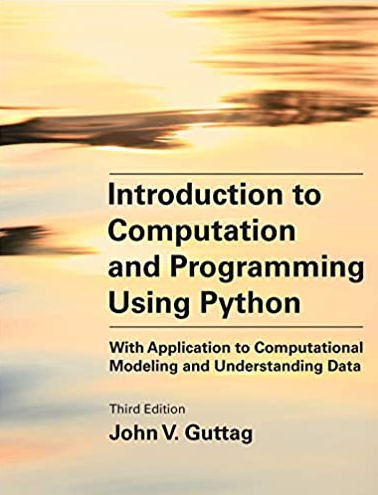
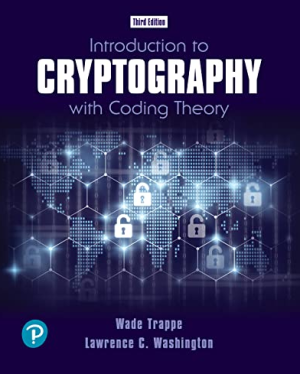
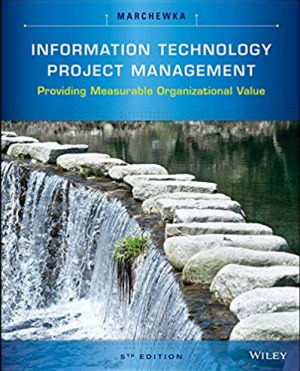

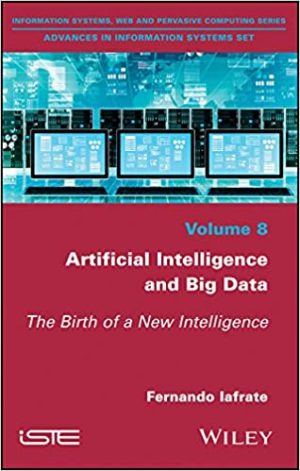
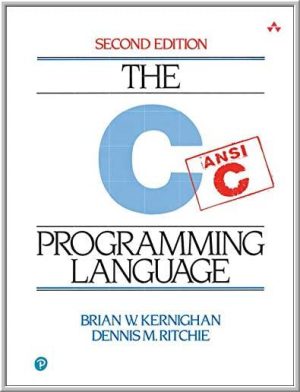
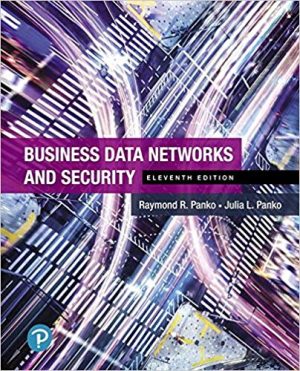
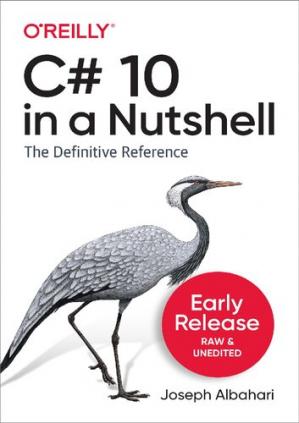
Reviews
There are no reviews yet.